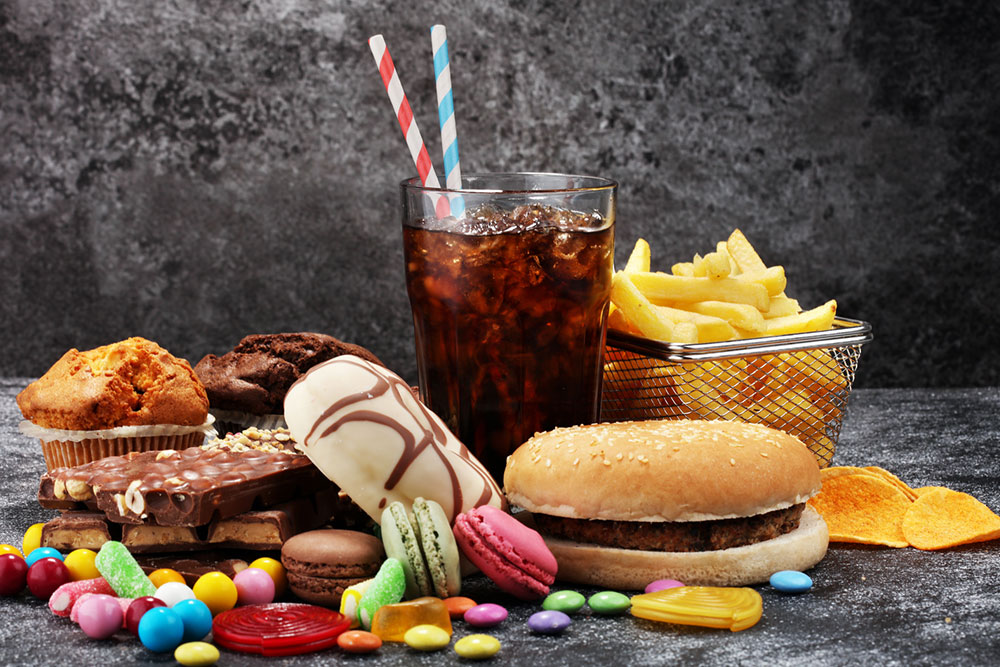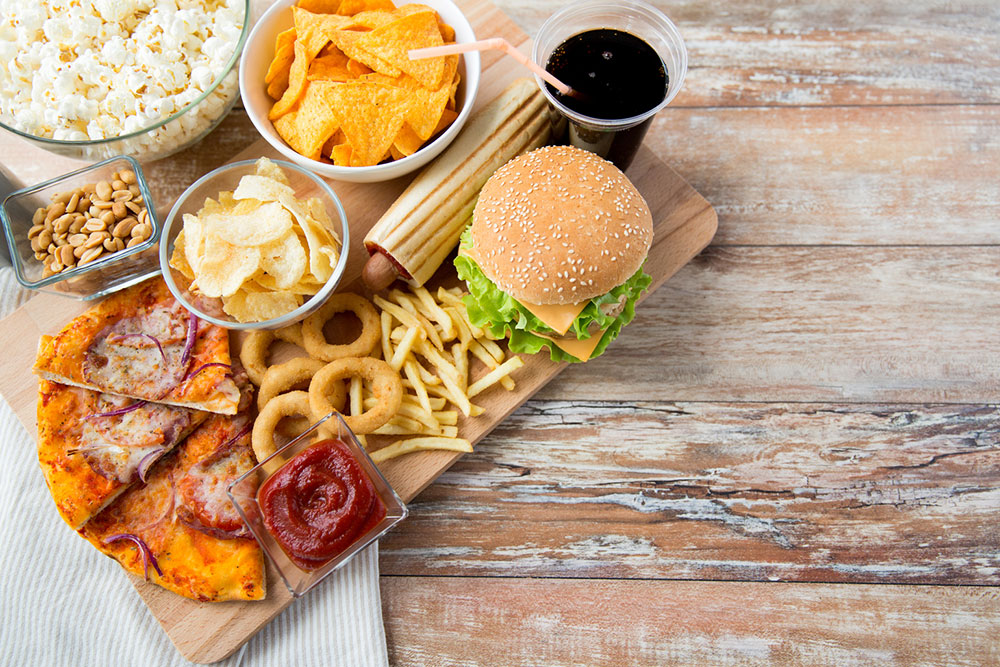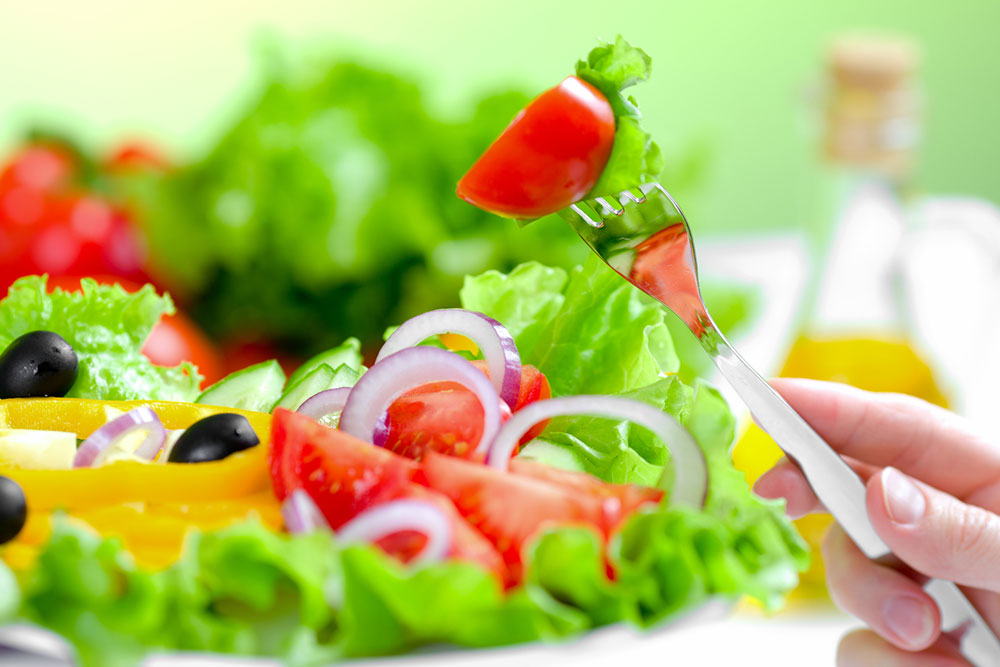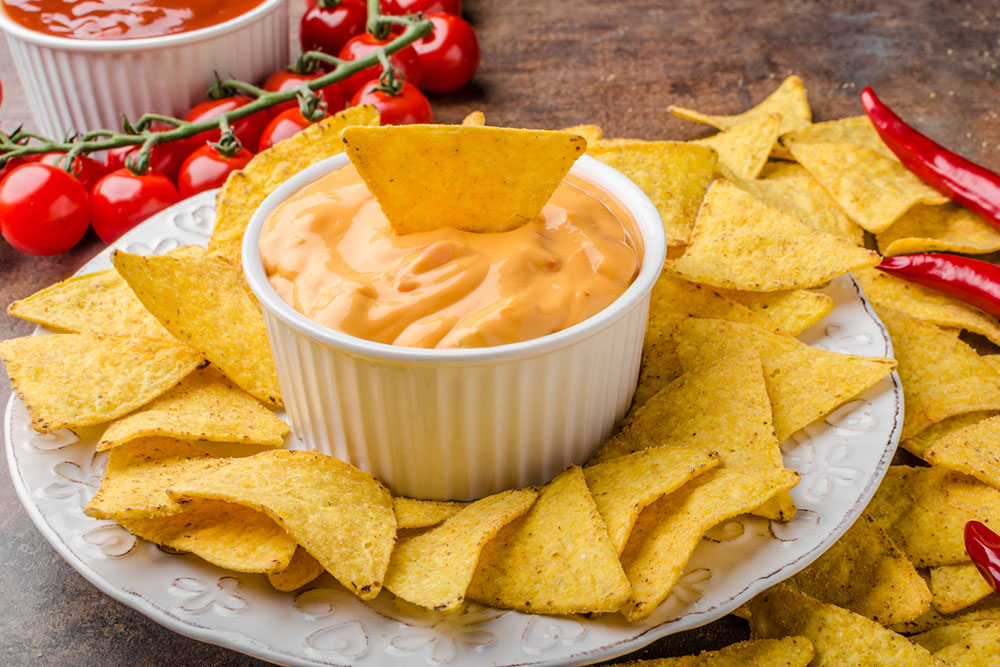
10 potential hotspots for respiratory illnesses
As winter approaches, the chances of catching a common cold increase. This means many people will be sneezing, sniffling, and maybe even coughing during the flu season. While there are various preventive measures like vaccine shots, immune-boosting treatment options, and home remedies, one crucial aspect is often overlooked – avoiding germ-infested places. To stay safe during the flu season, it’s important to take care of oneself, especially around places that are hotspots for respiratory illnesses. Public restrooms It is no secret that public restrooms are breeding grounds for germs. The handles of faucets, toilet flush levers, and door handles can all harbor germs easily. This includes viruses that may be responsible for respiratory illnesses. Plus, the damp environment of the restroom and the high traffic of people only make things worse. One can use paper towels or their elbows to touch and use faucets, flush levels, and door handles. This way, one can avoid contamination by minimizing contact. Public transportation seats and door handles Public transportation, such as cabs, buses, subways, and trains, carries a lot of passengers on a daily basis. It is impossible to know if any of these passengers are carrying respiratory infections. The door handles and seats that were touched by previous passengers are also potential breeding grounds for germs.
Read More 










